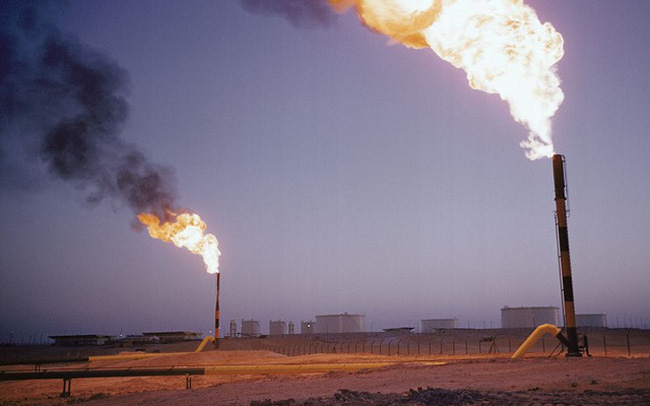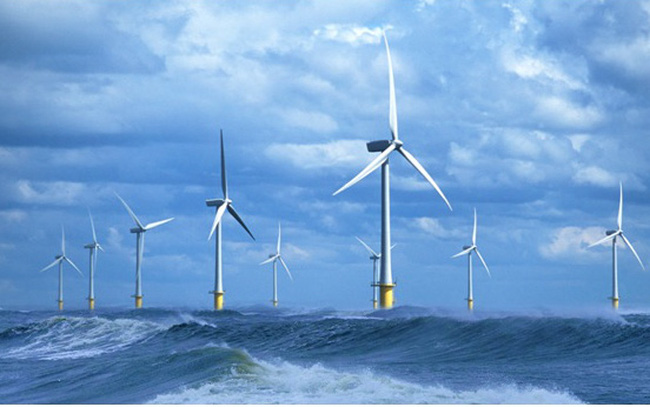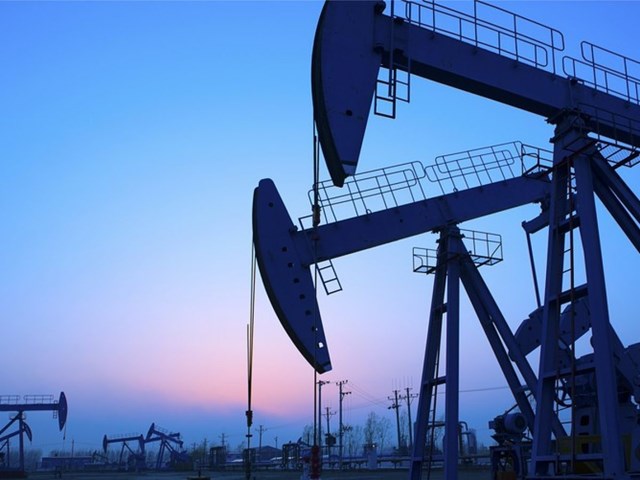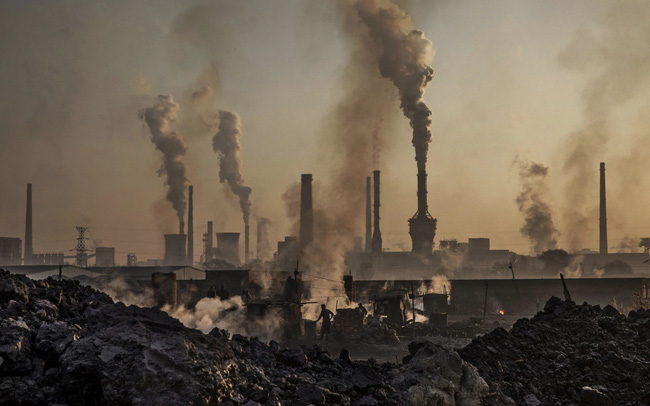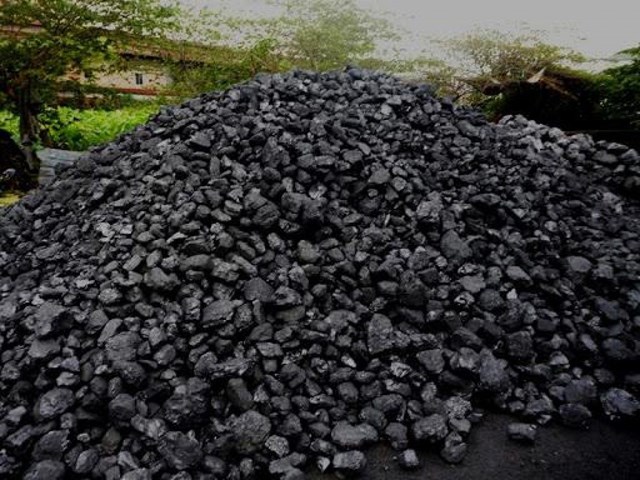A Western embargo on Russian oil and gas is not far off after US Secretary of State Antony Blinken revealed that the White House was in “active discussions” with allies on the issue.
In response to the news, Brent crude rose to an all-time high in 2008 while gas surged to an all-time high.
Opposition from German chancellor Olaf Scholz is not surprising given his country’s heavy dependence on Russian oil. Every day, the EU spends about 285 million USD just on buying oil from Russia. What is the actual effect of the ban and how much could prices go up?
How important is Russian oil and gas?
About 40% of Europe’s gas comes from Russia, reflecting the enormous dependence of the world’s richest region on Russia, especially during the increasingly cold winter months. Even with the weather getting warmer, the picture doesn’t change much for crude oil and other petroleum products. About 5 million barrels of oil a day flows out of Russia, the world’s second-largest exporter after Saudi Arabia.
About half of that goes to the EU – accounting for 27% of imports and about 15% of the region’s total consumption. The UK is less dependent on Russian oil, importing 4.7 million tonnes of oil from Russia in 2021, or less than 100,000 bpd, or less than 10% of its consumption.
However, like gas, the UK cannot escape the impact of global market prices on commodities, which lead to a higher cost of living for the average citizen.
Is it possible to replace Russian oil?
Solving the gas conundrum is very difficult, not to mention crude oil. “A disruption on such a large scale makes it impossible for other manufacturers to respond, at least for the foreseeable future,” said Ole Hasen from Saxo bank.
One option being discussed is for the US to lift sanctions on Iran and Venezuela. “Iran could put about 1.3 million barrels of oil a day in the market,” said Sophie Udubasceanu, global crude expert at ICIS. However, she also warned that Venezuela’s contribution is entirely dependent on solving the country’s internal problems.
US oil reserves also offer some hope. The US exported 3.45 million bpd in December last year and could increase it further. However, this cannot happen quickly. “Enhancement of production will take months for Iran, several quarters for the US and years for Venezuela.”
Another path is to convince OPEC to increase production. However, last week, at a time of intense war in Ukraine, OPEC decided to keep the meager increase of 400,000 bpd.
How far can oil prices go?
It depends on the geopolitical reality. The all-time high price was recorded at $147.50/barrel, set in July 2008. Some analysts think the price could go even higher.
UBS commodities analyst Giovanni Staunovo said a protracted battle could push oil prices to a record $150 or more. Analysts at Bank of America say that if most of Russia’s oil exports are cut, creating a shortage of 5 million bpd, oil prices could hit $200.
What is the impact?
Every cost will increase, from petrol at gas stations to any goods transported by road, fueling fines and a cost-of-living crisis.
There is a saying that the best way to limit price increase is to push it as high as possible, leading to suppression of demand. If oil is so expensive that people can’t buy it, they stop buying and the price drops again. However, that means a lot of industrial activity will stagnate, triggering a recession.
What is the sustainable energy market like?
The crisis in Ukraine has highlighted the importance of transitioning to sustainable energy sources, not just to address the climate change crisis.
All countries have policies to promote the development of renewable energy sources such as solar and wind energy.
While this approach will reduce dependence on Russia, it will take a few years to bear fruit – possibly even longer in the search for new supplies of gas and oil. There is no easy answer.
Source: The Guardian
T&G International Joint Stock Company
Address: 352 Hue Street, Le Dai Hanh Ward, Hai Ba Trung District, Hanoi
Hotline: 0345786803
Email: hrm@tginterjsc.com
Website: http://tginternationaljsc.com



